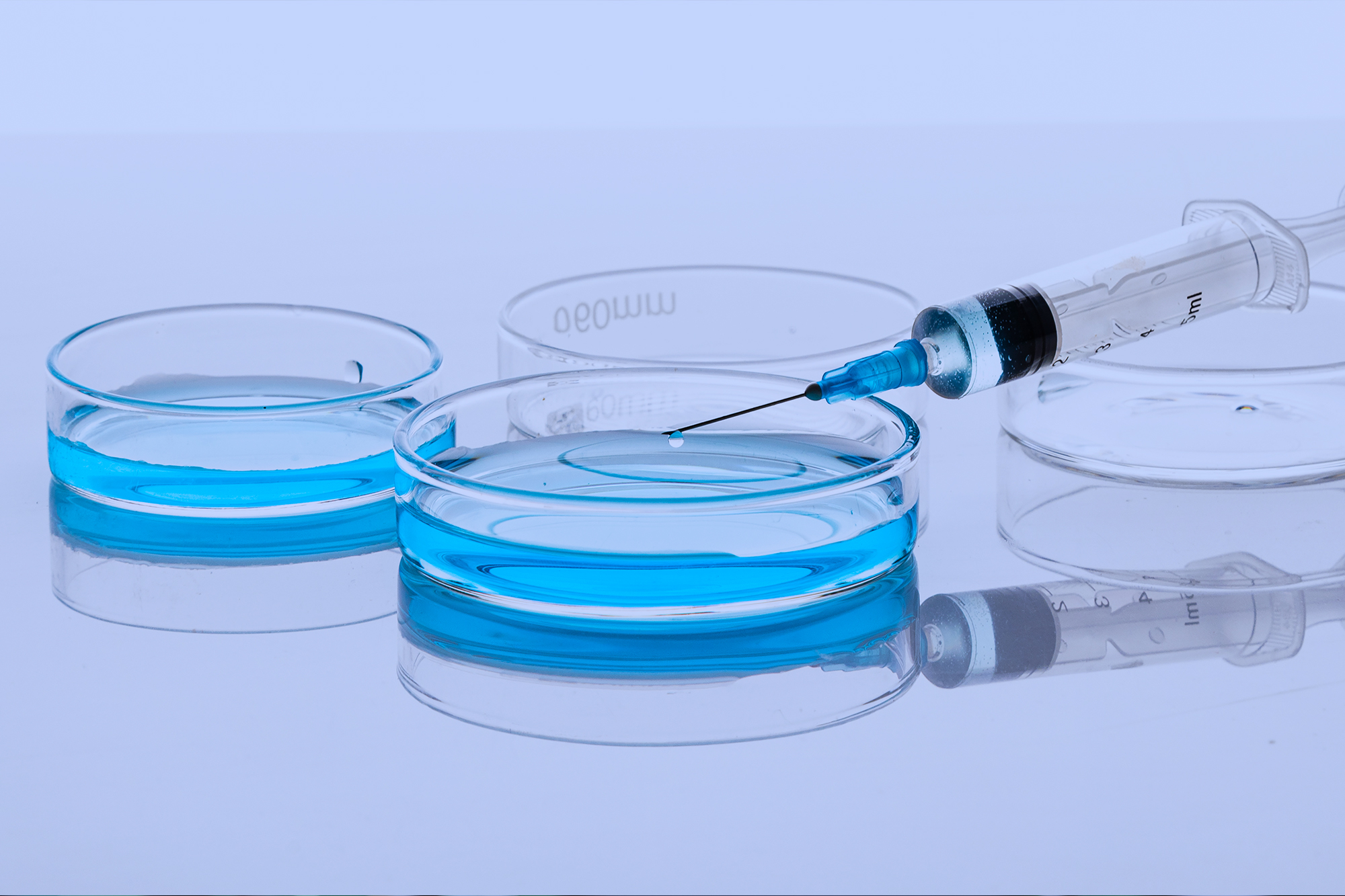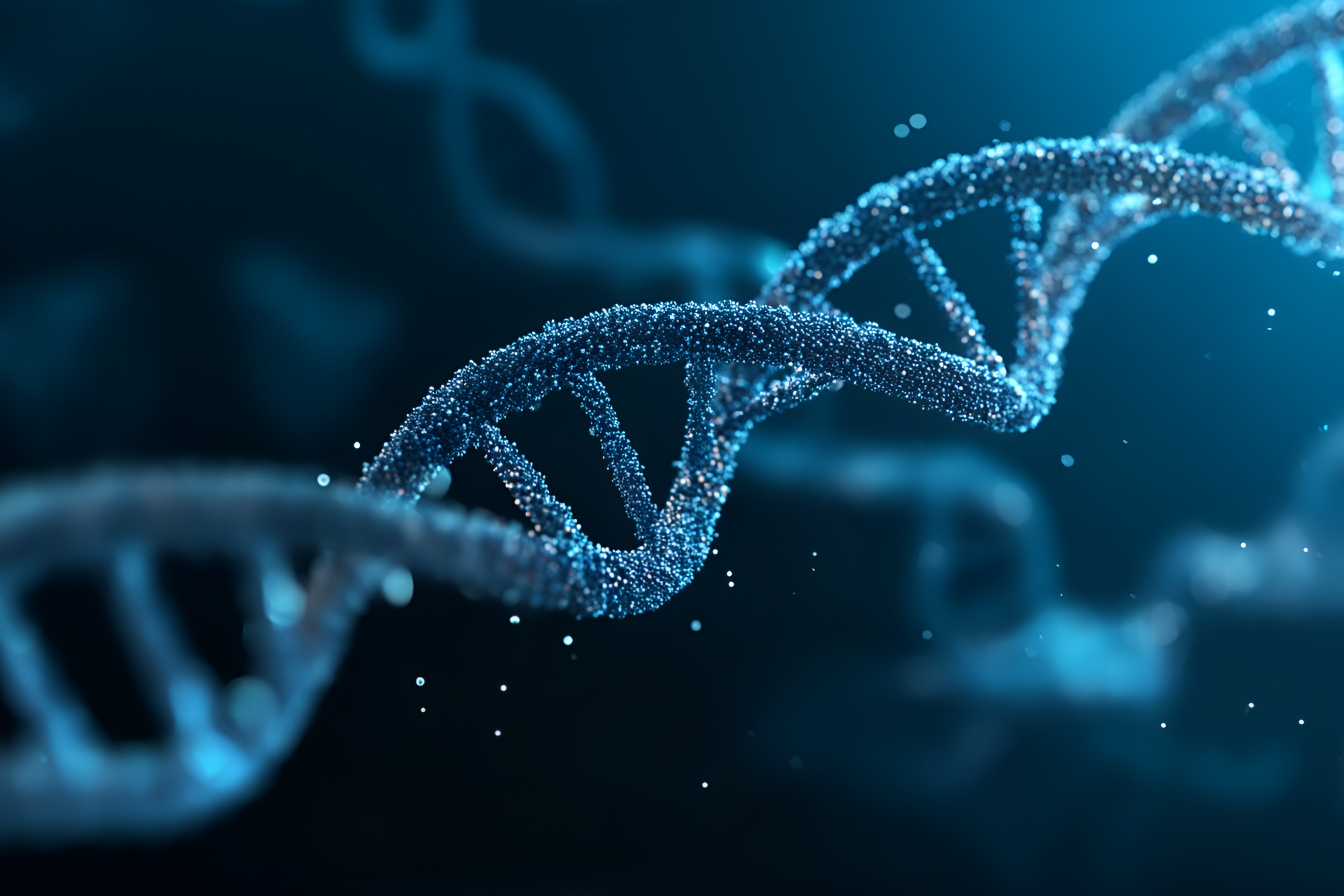A Guide to Resistance Furnace
Principle of Spectrophotometry
The light beam directed at the sample consists of a stream of photons. When these photons interact with the sample, certain molecules within the sample absorb photons of specific wavelengths, thereby reducing the number of photons in the beam and consequently decreasing the intensity of the detected signal.

Lambert Beer Law
The Lambert–Beer Law is the fundamental principle of quantitative analysis in spectrophotometry and is commonly used to determine the concentration of a solution.
A = εcL
A (Absorbance): The degree to which the sample absorbs light, measured directly by the instrument.
ε (Molar Absorptivity or Molar Extinction Coefficient): A characteristic constant of a substance that indicates its ability to absorb light at a specific wavelength.
c (Concentration): The concentration of the sample solution, expressed in moles per liter (mol/L).
L (Path Length): The distance that light travels through the sample solution, typically measured in centimeters (cm). In a cuvette, this value is fixed.
Common Applications

Cell Density

Reaction Rates

Protein Concentration

DNA/RNA Concentration and Purity
Light Source: Provides a strong and continuous light spectrum. Common types include tungsten lamps (for the visible region, 340–900 nm) and deuterium lamps (for the ultraviolet region, 190–400 nm).
Collimator (Lens): A lens or optical device that produces a strong, parallel light beam.
Monochromator (Prism or Grating): Disperses the light into individual wavelengths, allowing only a single wavelength to pass through — similar in function to a prism.
Wavelength Selector (Slit): A narrow slit that isolates the desired wavelength of light.
Sample Holder (Cuvette): Holds the sample solution. Cuvettes are typically made of glass for visible light measurements or quartz for ultraviolet light, as glass absorbs UV radiation.
Detector (Photocell): Detects the intensity of light transmitted through the sample and converts it into an electrical signal.
Digital Display or Meter: Displays the measured absorbance or transmittance value.
Types of Spectrophotometer
Classification by Optical System (the most fundamental classification method)
Single-beam spectrophotometer: Uses a single light beam to measure the blank and the sample sequentially.
Double-beam spectrophotometer: Splits one light beam into two paths to measure the blank and the sample simultaneously.
Classification by Measurement Wavelength Range (Spectral Range)
Visible spectrophotometer: Typically measures within the range of 320 nm to 1100 nm.
UV-Visible spectrophotometer: Typically measures within the range of 190 nm to 1100 nm.
Microvolume Spectrophotometers
Eliminate the need for a cuvette by utilizing surface tension to hold the sample in place. They are the ideal choice for measuring the quality and concentration of limited-volume or precious samples, such as biomolecules (proteins, nucleic acids).
Operation Steps
Safety Precautions
When handling chemical or biological reagents, always wear protective gloves to ensure safe operation.
Preheating
Turn on the spectrophotometer in advance to allow the light source and electronic components to warm up and stabilize.












